City Hall – 100 Years

Join us as we celebrate 100 years of City Hall!
100th Anniversary Reception
Thursday, January 26; 5 p.m. – 6 p.m.
200 Forrest Street
We’ll have a display of photos, special documents and an opportunity to walk through the building with a new perspective.
HISTORY OF HATTIESBURG CITY HALL – 200 FORREST STREET
As early as 1915, the civic improvement committee of the Commercial Club began discussing the need for a new City Hall building in Hattiesburg. The first City Hall, which was a two-story brick building at the corner of Forrest Street and W Pine Street – in the current location of the Forrest Towers building – was constructed in the late 1890s.
Due to the aggressive growth of Hattiesburg in the years leading up to World War I, many community members saw the urgent need for a larger and more modern building to serve residents.
In November of 1920, the City passed a bond issue that included the construction of a new City Hall at the cost of $100,000.
After meeting with several prominent local architects, officials chose Hattiesburg Architect, Robert Lee. By September of 1921, Lee was ready to present the nearly complete plans for City Hall to the City Commissioners.
Mississippi Department of Archives and History documents cite the building description as “Designed by Hattiesburg architect Robert Lee, Hattiesburg City Hall is a three-story Neoclassical building of brick construction with a flat roof. The main entrance, at the northeast end, facing Forrest Street, is sheltered by a shallow monumental tetrastyle portico with iconic columns. There was originally another portico at the center of the southeast façade, facing Front Street, but it was later closed-in.”
With a lot of excitement about the plans brewing in the community, the newspaper described the sentiment as follows:
“‘(it) will be one of the finest municipal buildings in the state. The people of Hattiesburg are greatly interested in this new building and the appearance of the City will be markedly changed at the corner of Forrest and Front streets when this building is finished.’ Aside from being one of the finest and most expensive buildings in Mississippi, this city hall will be the most conveniently arranged public building in the South…having the fire department, jail, and police force in one building. The second floor, which will be occupied by the city collection department, will be arranged in bank form with separate windows for separate collections. From the jail to the courtroom will be a stairway so that prisoners can be brought to and from a trial without being seen by the public. The dominating feature of the new building will be the modern equipment and absolute convenience.”
In December of 1921, an article in the Hattiesburg American cited that Contractor C.O. Eure won the bid for the job of building the new municipal building and was slated to begin soon.
In January of 1922, Mayor T.E. Batson stated to the paper that plans were also being made to improve the appearance of the corner, opening the alley between the City Hall and Post Office (old Federal Building), widening Forrest Street by ten feet and paving Forrest and Front Streets.
Unfortunately, by the spring of 1922, Batson became ill and passed away on July 1 due to complications from Bright’s disease.
A Hattiesburg American editorial shortly following the death of Batson stated:
“He gave the city the best of his talent and ability, and he was a leader in many progressive movements. The city hall, now in course of construction, is one of the monuments to Mayor Batson’s aggressiveness. Fate decreed that he could never occupy an office in the structure that it was his ambition to see erected.”
It was decided that because Batson had shepherded the city through the process of building the new city hall, his name would be placed on the dedication stone along with Commissioners McAuley and Estes.
W.S.F. Tatum would soon be elected and his administration would be the first to occupy the new City Hall.
On November 2, 1922, the original project’s team took another blow when the contractor, Eure, passed away unexpectedly from stroke complications. The building was mostly finished but, like Batson, Eure would not survive to see it to completion.
On January 19, 1923, Mayor Tatum, Commissioners Estes and McAulay, and city staff officially moved into the building and adopted Ordinance #703 designating the building at 200 Forrest St. as the Hattiesburg City Hall.
Despite the short distance, Tatum led a parade of sorts from the courtroom of the old City Hall to the courtroom of the new. During his speech, he urged the occupants of the new building to keep it in its present spotless condition and to request all who entered it to respect it as the temple of the city.
Content compiled by Russell Archer, Historic Preservation Planner (January 2023).
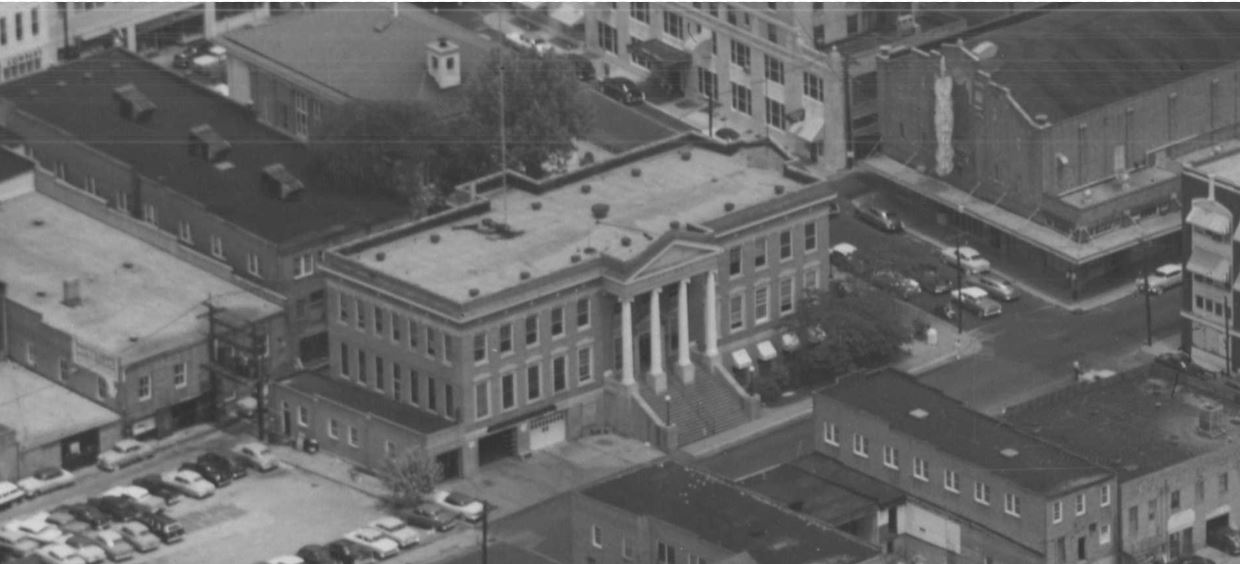
Birds Eye View of City Hall 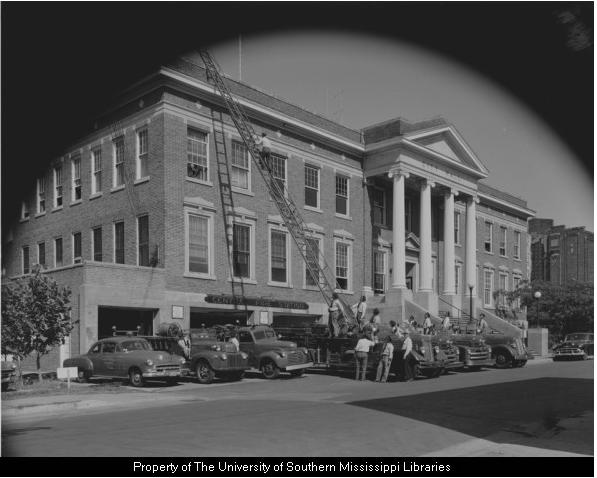
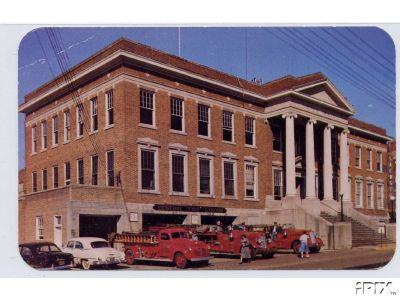
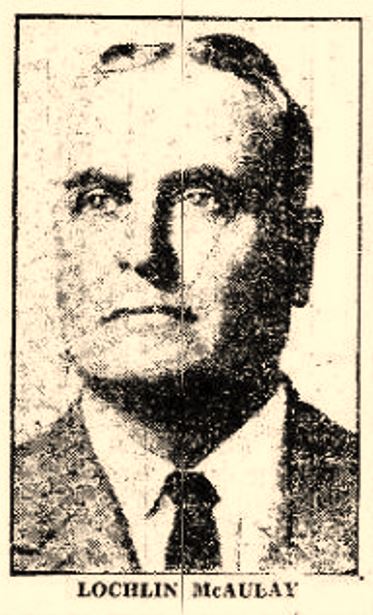
Commissioner L. McAulay 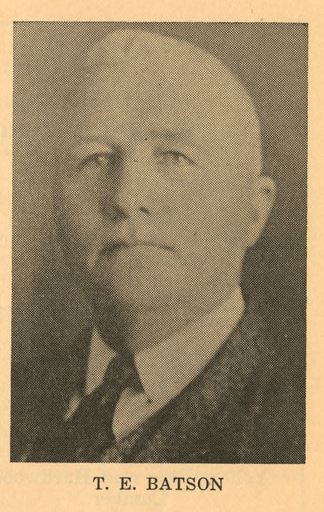
Mayor T.E. Batson 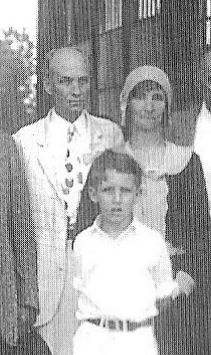
Commissioner W.E. Estes & Family 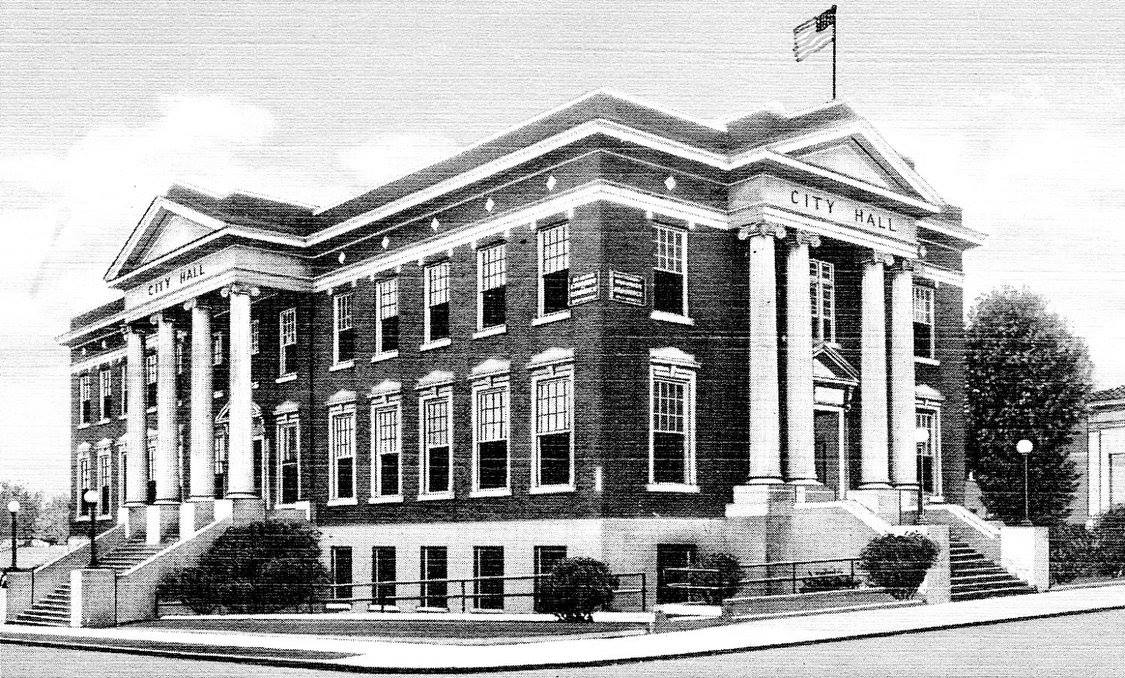
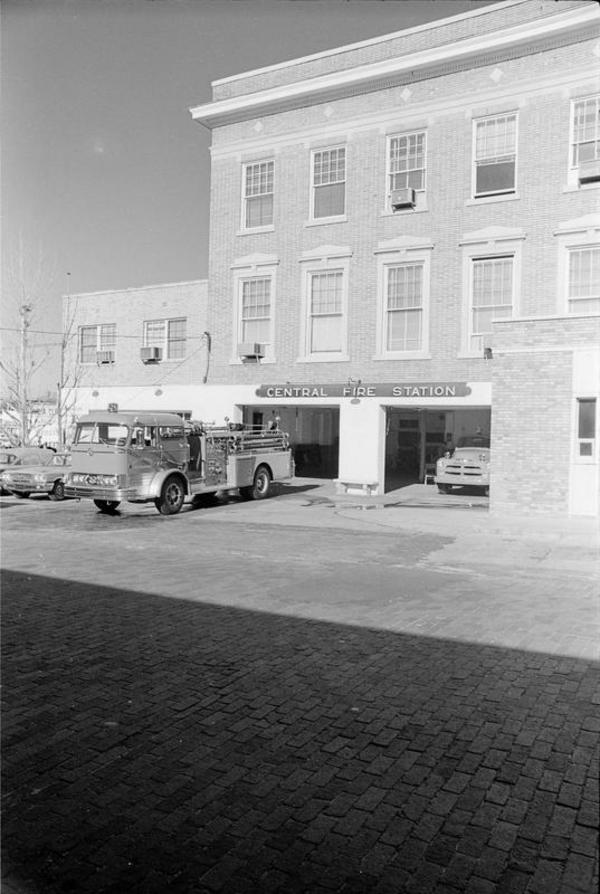
City Hall Fire Station 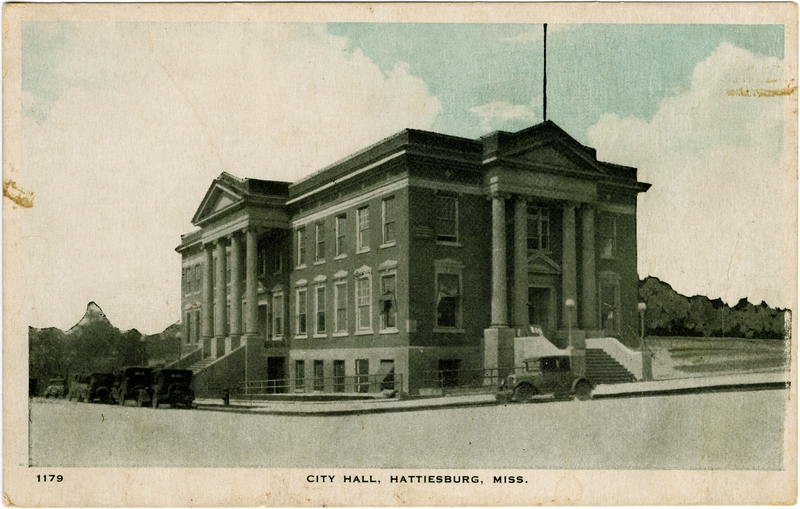
From City hall, Hattiesburg, Miss. Sysid 93586. Scanned as tiff in 2008/05/19 by MDAH. Credit: Courtesy of the Mississippi Department of Archives and History. 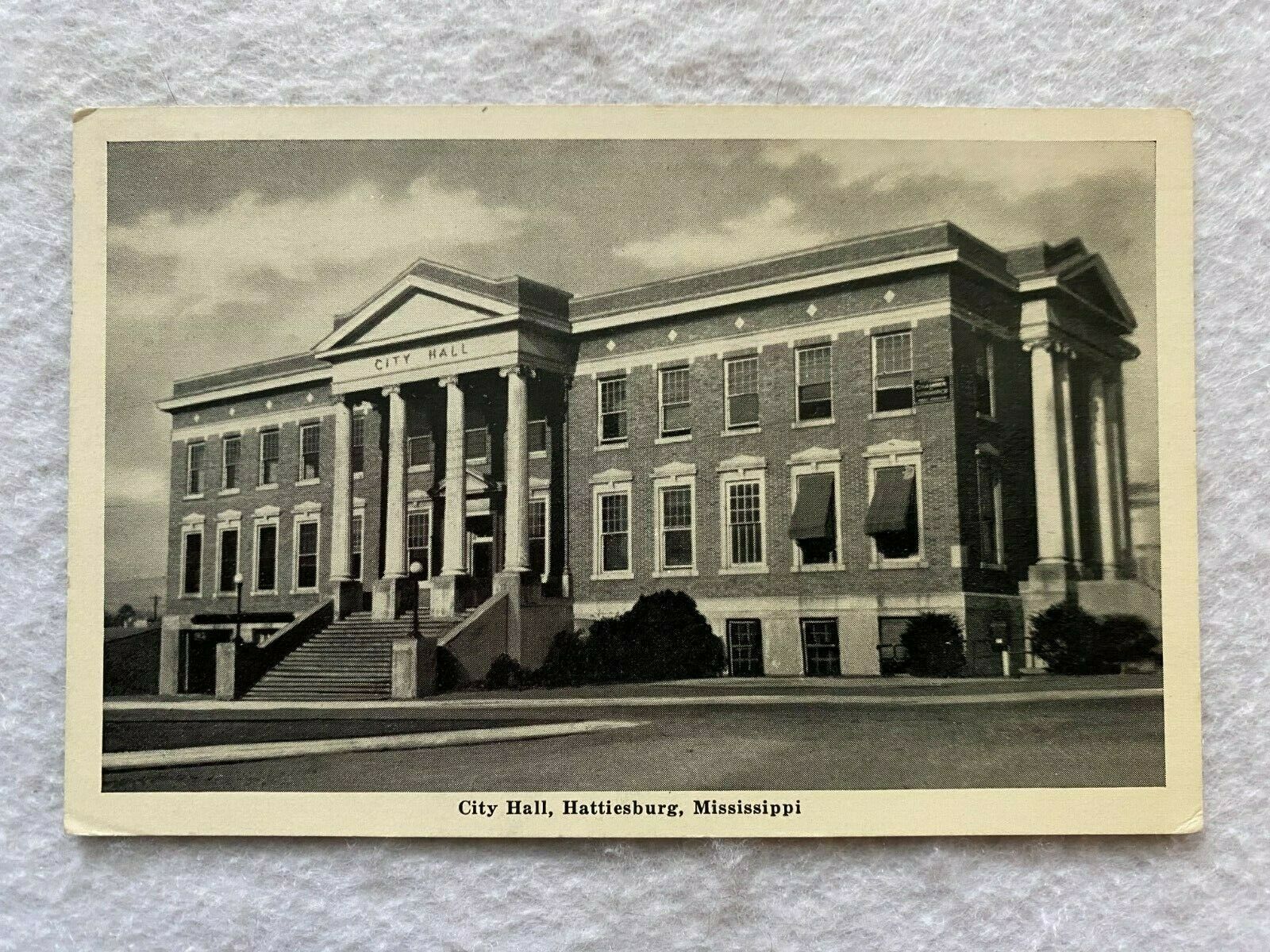
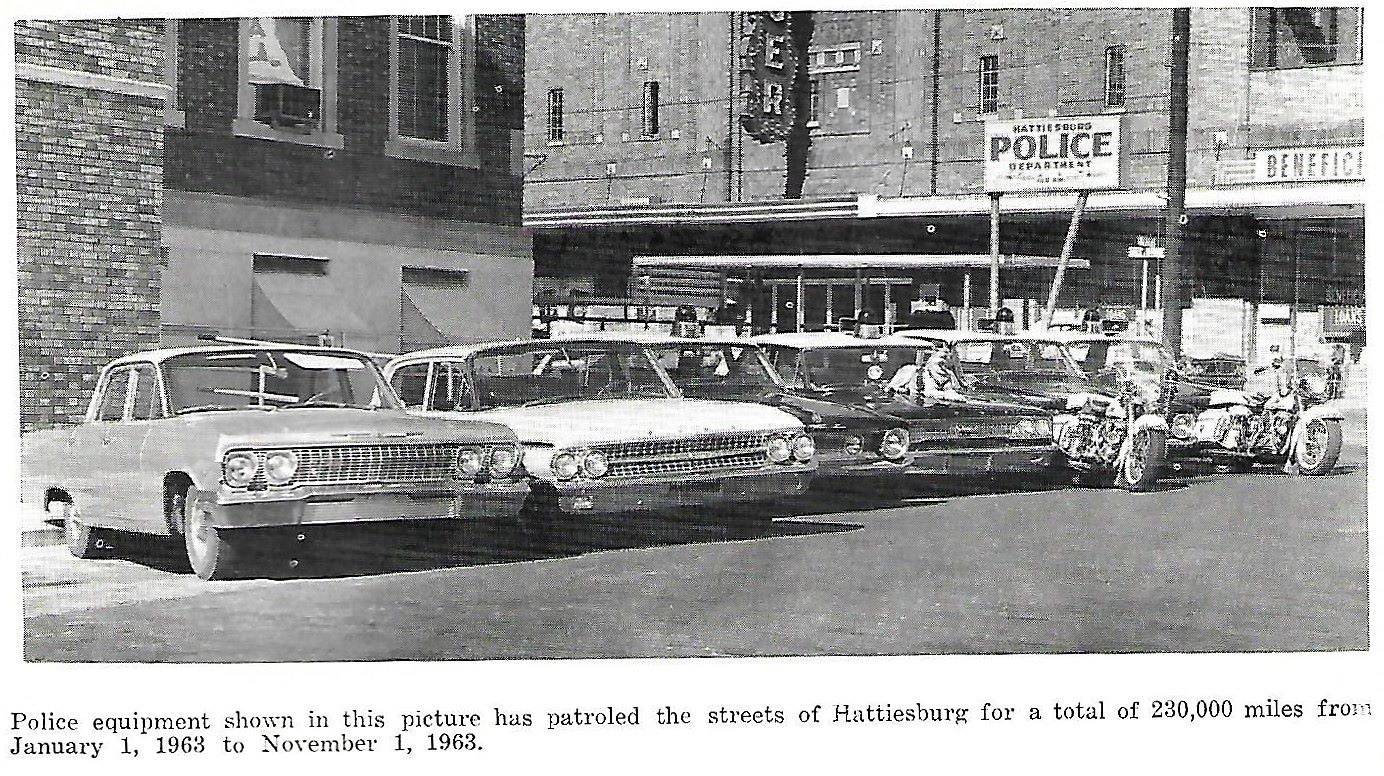
Police Cruisers parked outside of City Hall 
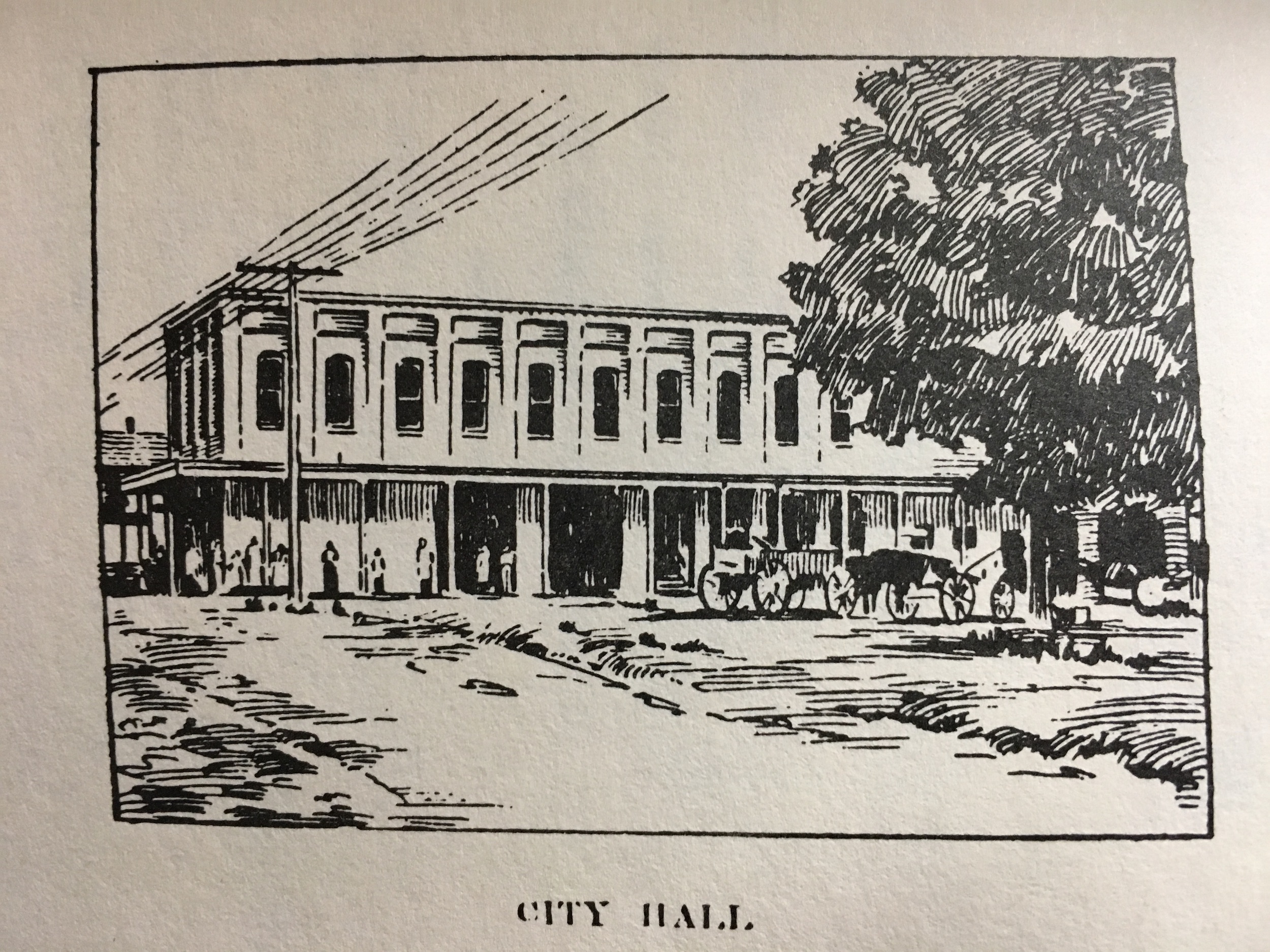
Original City Hall at Forrest Street and Pine Street.

